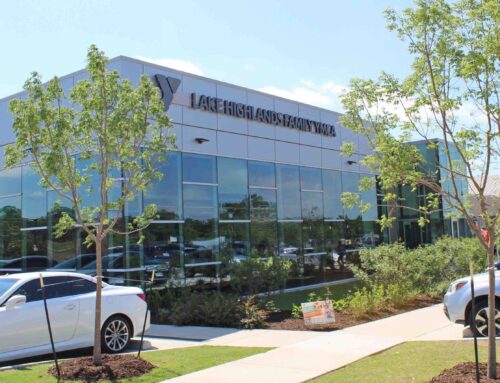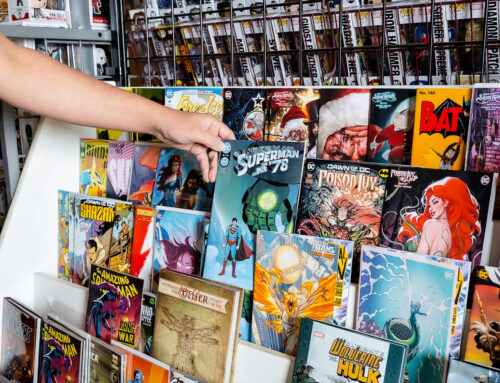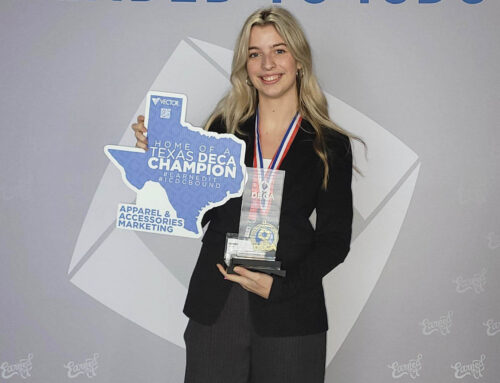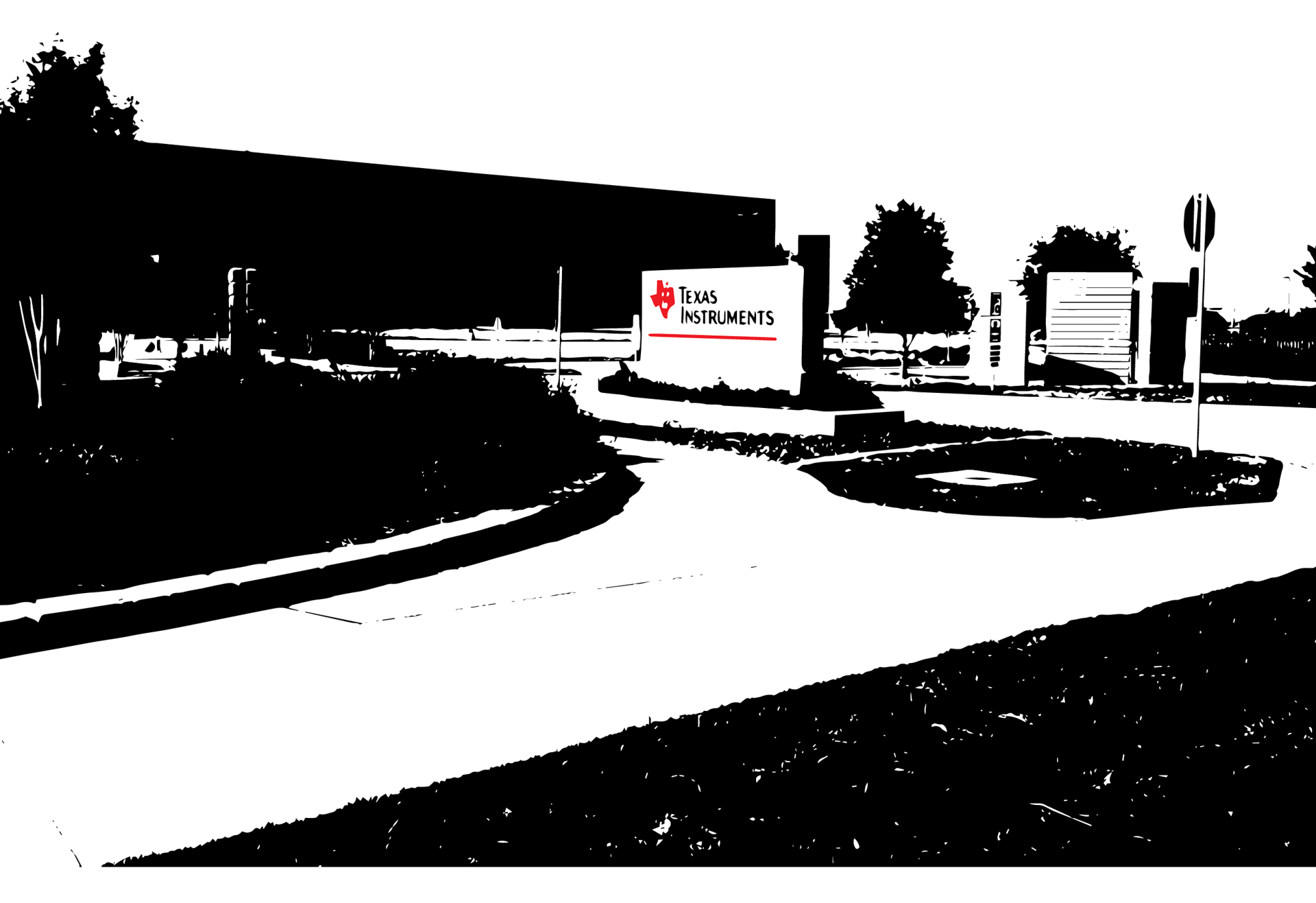
When he was a boy in the 1990s, Chinh Vu and his brother built his family’s first computer, a PC clone. They were among a precious few students who brought their own computer to the University of Texas A&M dorm. Everybody else had to work in the computer lab, he says. Today he lives with his family in Lake Highlands and works at Texas Instruments, where he is still innovating and helping to advance game-changing technologies.
“I always loved electronics. I started with electrical engineering. My adviser encouraged me to stay with the engineering side, but I had a real propensity to talk to people, get involved in campus activity and those types of things, which is not typical of engineers.”
Indeed, it’s a pretty rare combination that made him a desirable free agent post-graduation.
The legendary Texas Instruments in Lake Highlands — birthplace of both the microchip and those ubiquitous graphing calculators and one of the world’s largest manufacturers of semiconductors — was a natural fit.
Chinh’s role today blends engineering and communications. A spokeswoman for the company, Jacy Cochran, also a resident of Lake Highlands, explains that Chinh leverages his expertise as an electrical engineer to introduce the world to new semiconductor technology. Chinh distills complex information so those using TI’s products in their automotive or industrial design have a working knowledge of how they work and what they do.
He gives every product-launch package “a critical eye from an engineer-to-engineer perspective.”
As a 40-something with a family and aging loved ones, he says, he also has a personal interest in innovations in areas such as vehicle automation.
“My dad’s getting older, he continues to drive, but he needs things like blind-spot detection, as reflexes might not be what they were 15 years ago,” he says. “And distractions are coming at all of us more. We’re also working to advance things like infant detection in the backseats. Enabling our products to help with some of those technologies has been a lot of fun.”
All things considered, he’s the right person to give us a behind-the-scenes glimpse at high-tech operations happening on his company’s campus. Engineers at TI are envisioning a future that includes self-driving robotaxis, smart cities, the extinction of car crashes and a cleaner environment. We’re not there yet, but Chinh and his colleagues explain work happening in four major areas that, he says, could make all those things a reality.
Cochran clarifies that while it is TI’s analogue and embedding processes that advance technology, TI’s customers make the end-use products described in these answers. The engineers provided answers in writing that have been lightly edited for brevity.

Electric cars: easing range anxiety
More people are embracing electric cars, but there are fears about running down the battery and being stranded without a charger—where are we with that?
Range anxiety, as this is commonly referred to, is a key concern we are working with our customers to solve on two fronts — helping electric vehicles (EVs) drive farther per charge and boosting the availability of charging stations through design innovation.
Can you explain — for dummies — how you are improving range?
One way, and a common challenge, is making cars lighter so it takes less energy to move. Even though semiconductor chips can be tiny by themselves, the way they are incorporated into a design can shrink the size of an entire automotive system. And lighter-weight cars move more efficiently with less power. And the less power the car needs, the farther it will drive per charge.
As for the availability and speed of charging stations?
We advise our customers on how they can use our chips for different design options that will allow them to harness electric power to charge EVs faster. EVs also generate electric power while driving, even while braking. So once they are plugged in, they can actually send power back to the electric grid, which is called a bi-directional charging.
How could this combination of advancements change our lives?
Imagine never having to stop for gas again. Your car charges overnight and you’re ready to go in the morning. A fully autonomous car that drives itself so well that you could take a nap will require an entirely electric system to run all the electronics that a car needs to operate by itself, but many experts say this could be decades away from reality.
In the far-off future, car ownership may be replaced by a fleet of robotaxis. Instead of driving to work in your own car, you might order a robotaxi from an app and sit back and enjoy the ride. Future autonomous electric cars may not even have a steering wheel or seats facing the front.
How could this change the world?
Cars and other modes of transportation are one of the leading causes for greenhouse gas emissions. Taking cars off gas means cleaner air and less impact on the environment.
A brief history of TI
The company Geophysical Service, founded in 1930, became Texas Instruments in 1951. In the 1950s TI engineers invented the first transistor radio. Jack Kilby invented the integrated circuit here in 1958. Then came the first computer based on integrated circuits. In 1967, TI introduced its hand-held calculator. Its graphing calculators are essentially the only calculators used by math-focused high school students. By the 1980s TI was producing consumer goods such as digital clocks and watches. Deep cut: TI’s talking language translator is featured in a 1981 album called Computerwelt by the pioneering German electronica group Kraftwerk (innovators in their genre). Beyond calculators and cars, TI also invented a digital cinema technology sold under the brand name DLP. In 2010 Lake Highlands resident Brad Walker was the systems lead on the TI team that developed an Academy Award-winning movie projector for digital cinema. At the time he told the Advocate the technology was used in The Aviator and Spiderman (2010). As he said then, the invention saves moviemakers valuable time and “contributes to the ever-evolving quality of the images we see on the big screen.”
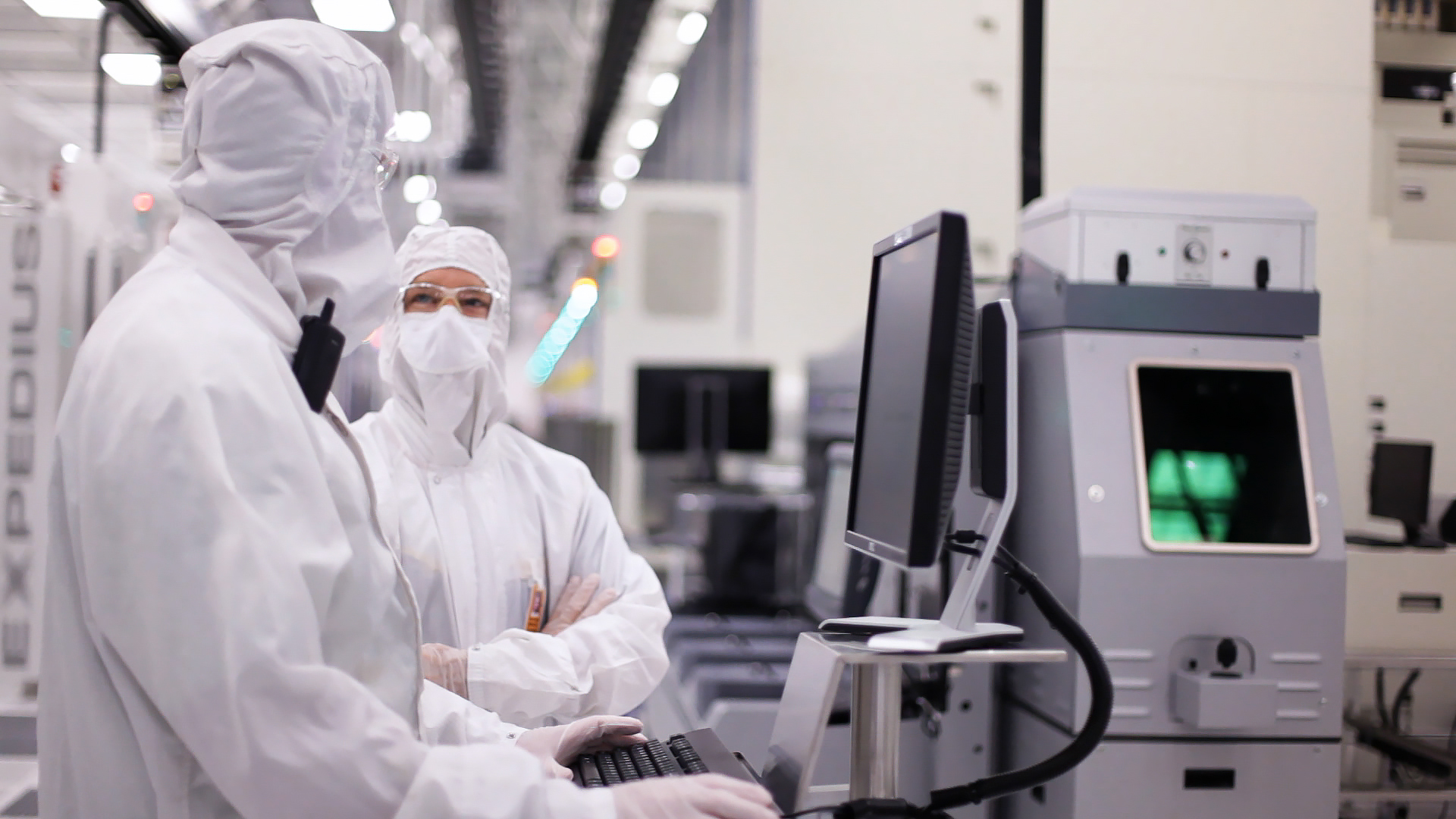
Photo courtesy of Texas Instruments.
Making car crashes a thing of the past
We know that for many years TI has been working on driver assistance technologies — from things like airbags to more active technologies like lane-change assist or auto braking. How far have you come and what are the hopes for the near future?
In the 1980s when TI worked with automakers on anti-lock brakes, the focus was on passive safety, meaning that the car would be designed to minimize injury when an accident occurs. Now we work with our customers on active safety, which means that we want to prevent accidents all together. The automotive industry as a whole has made big strides, adding more driver-assistance features, increasing the levels of autonomy, and TI has supported these innovations with more advanced radar sensors for emergency braking, front collision warnings, blind-spot detection, and assistance for crossing traffic and changing lanes.
What roadblocks do you need to overcome?
Before cars can be fully autonomous, roads, traffic lights and infrastructure will need to be able to communicate with the car and vice versa. For example, the traffic light will stay green if your car is the only one at the intersection, or your car will divert to an alternate route if there’s a traffic jam ahead.
How will this change our lives?
Drivers will need to adjust to their car having more autonomy and become more comfortable trusting the car to make certain driving decisions. And in the distant future, the car will do all the driving and people will be only passengers.
This has long been in our imaginations, but what are a few things people may not know or understand about the whole automated-car thing?
For one, many drivers are already using automated driving features. People think the ability to drive and navigate is the most important aspect of autonomous driving, which is true, but carmakers are also considering the entire vehicle ecosystem, including vehicle-to-human communication. One example would be an autonomous vehicle telling a pedestrian that they are allowing them the right of way to cross the street. Another possible misconception is the idea that everyone will own these autonomous vehicles — ride-sharing and robotaxi services will change traditional car ownership. Instead of choosing a red sports car or a minivan to suit your lifestyle, you can simply request the type of vehicle that’s best for your outing. Other lifestyle factors may also change — like, you won’t need a garage for your car.
How will it change the world?
Imagine a world without traffic accidents. That’s the vision the automotive industry has for the future. But much work needs to be done with continuing to innovate cars, advancing the driving infrastructure and changing the laws so that it’s legal to not have a driver steering the car.
No more stories about children left in hot cars
Every summer it seems there’s at least one case — a busy parent on autopilot forgets the baby, lives are cut short before they begin and families are destroyed. How does it feel to be working on something so urgent?
If you look, you’ll see that most of the things we are working on today are about making cars safer and preventing accidents. Our engineers are very passionate about their work and solving problems through technological innovation.
How will it work?
A recent TI innovation is our integrated radar sensors. Essentially this means that the radar sensors are so small and powerful that they can detect a child or pet, even if they are crouched in the footwell or sleeping in a third row. When triggered, the car could unlock or sound an alarm to alert people nearby.
Radar inside the car cabin can be used for seat belt reminders. And because this particular product is so small, it can even be placed in the car door to prevent dinging another car or object. Radar has countless possibilities, which is why it is used in so many different ways.
What is the timeline for implementation?
It is available now. As with most automated technology, the premium models get it first. But over time the features can become standards. Back-facing cameras are one example of this.
The rise of smart cities
The internet of things or IoT refers to the billions of physical devices around the world that are now connected to the internet, all collecting and sharing data. Where do we use the IoT in our daily lives already?
You see it everyday — it’s now possible to connect everyday objects and make them smarter, such as thermostats, smart speakers, appliances and even using a smartphone as a key for cars.
I understand companies that create wireless sensors and other devices are powering the IoT— where’s TI in that?
Texas Instruments has technology that works with more than 15 different wireless protocols including WiFi and Bluetooth. Our customers use our wireless microcontrollers and transceivers, for example, in vehicles, homes, factories and more.
How are you impacting the world on a larger scale?
Smart cities, smart homes, smart cars — from ground to cloud, our world is becoming increasingly connected and ultimately the goal is to make life more convenient.
What are the biggest challenges and drawbacks as the IoT grows?
With the proliferation of wireless devices, one challenge is the interference of radio frequency. Imagine all the connected devices in your home competing for a signal. Then imagine how complicated that becomes for a big office building or hospital. Then picture all the radio frequencies being sent throughout a smart city. Another challenge is making all of this electronic communication secure.
Working at Texas Instruments
Lake Highlands might not be Silicon Valley, but we are home to one of the world’s foremost designers and manufacturers of semiconductors and microchips. Engineers and their families from around the country move to Dallas to work for TI, but since you’re in the neighborhood anyway, know that the company frequently has open positions open in engineering, business, sales and manufacturing. At its wafer fabrication facilities here in Lake Highlands as well as Richardson, new employees are trained in semiconductor wafer production, technical troubleshooting and maintenance. Check this out.

